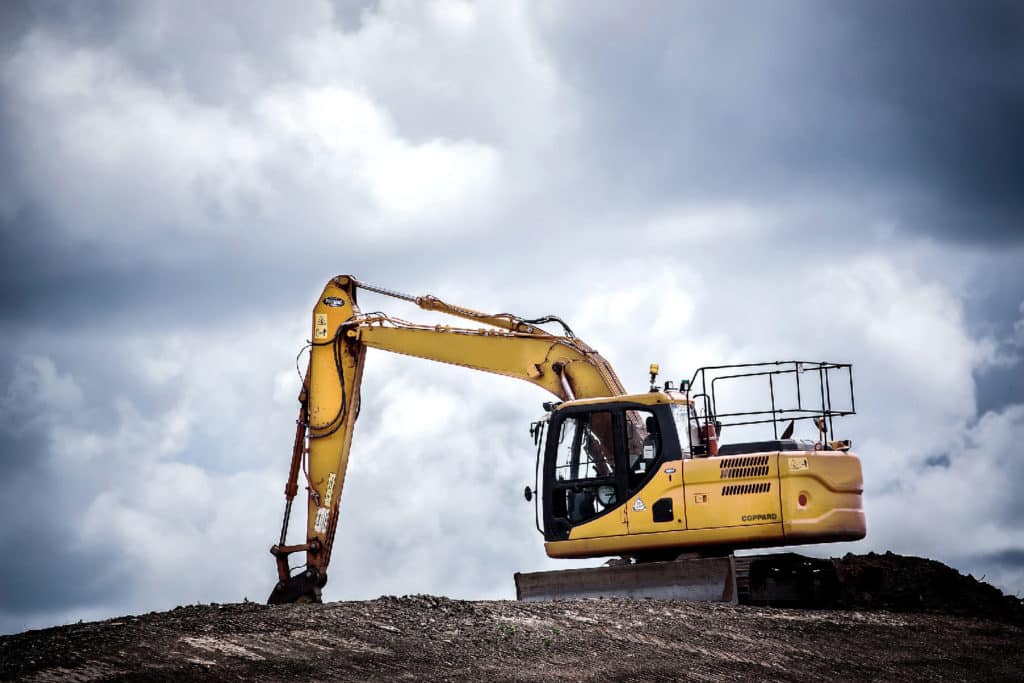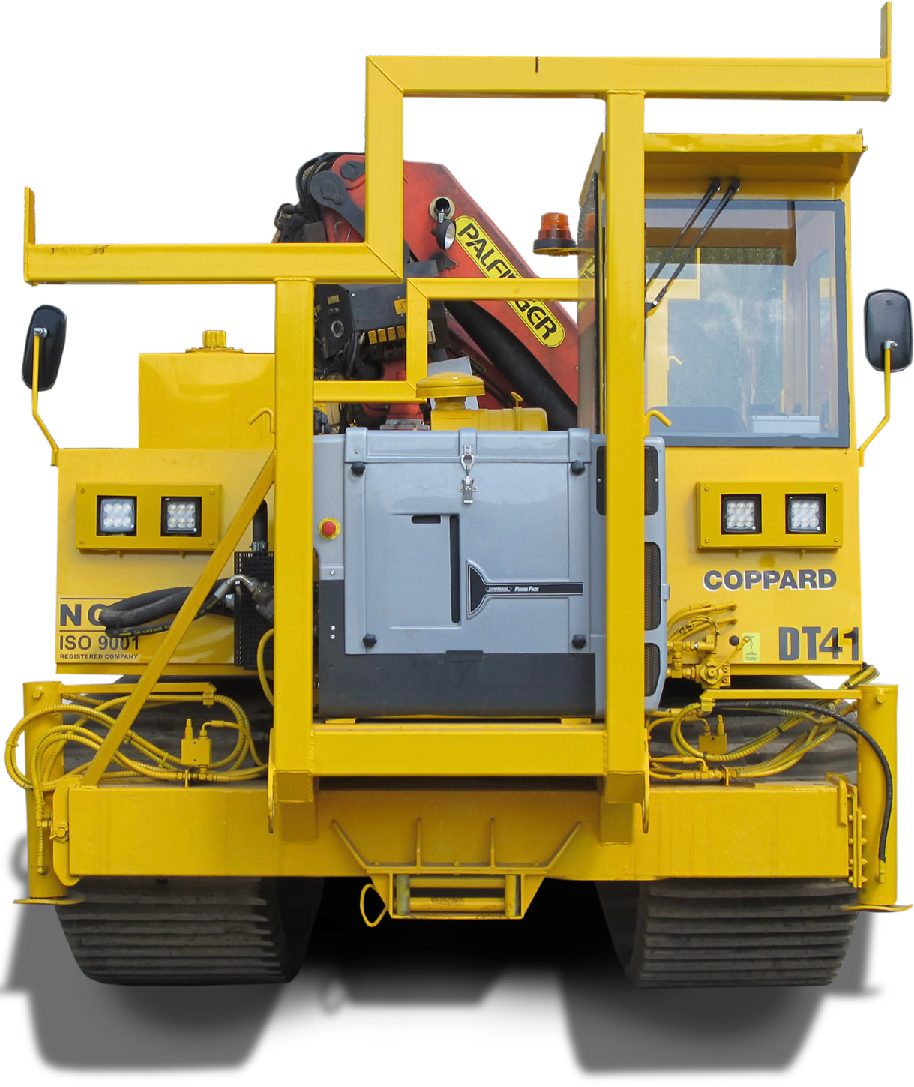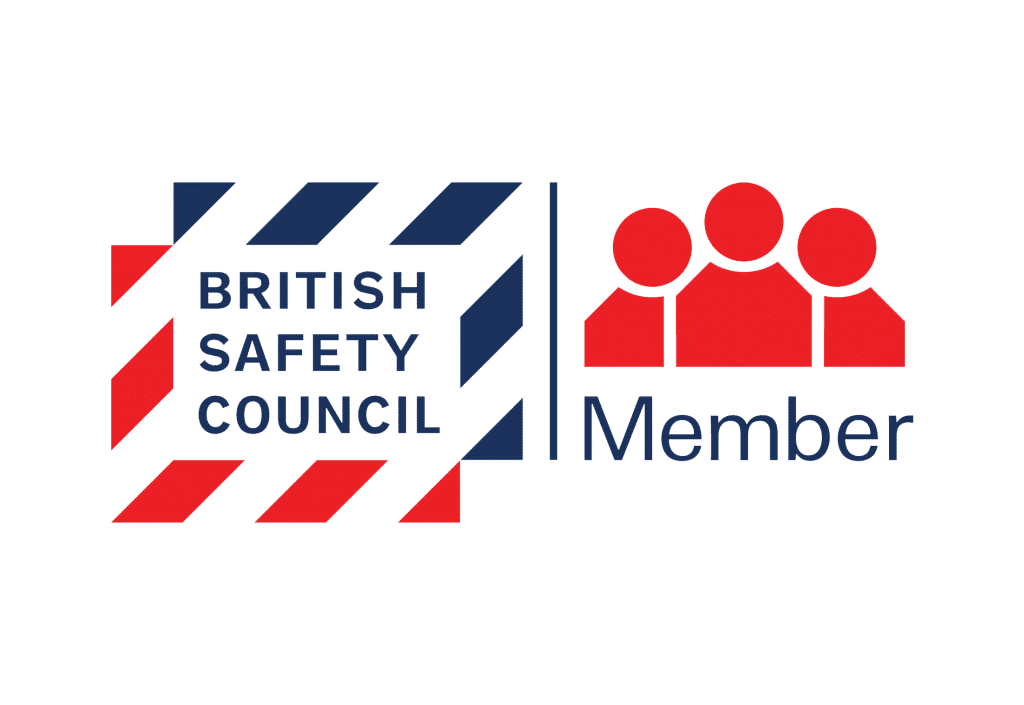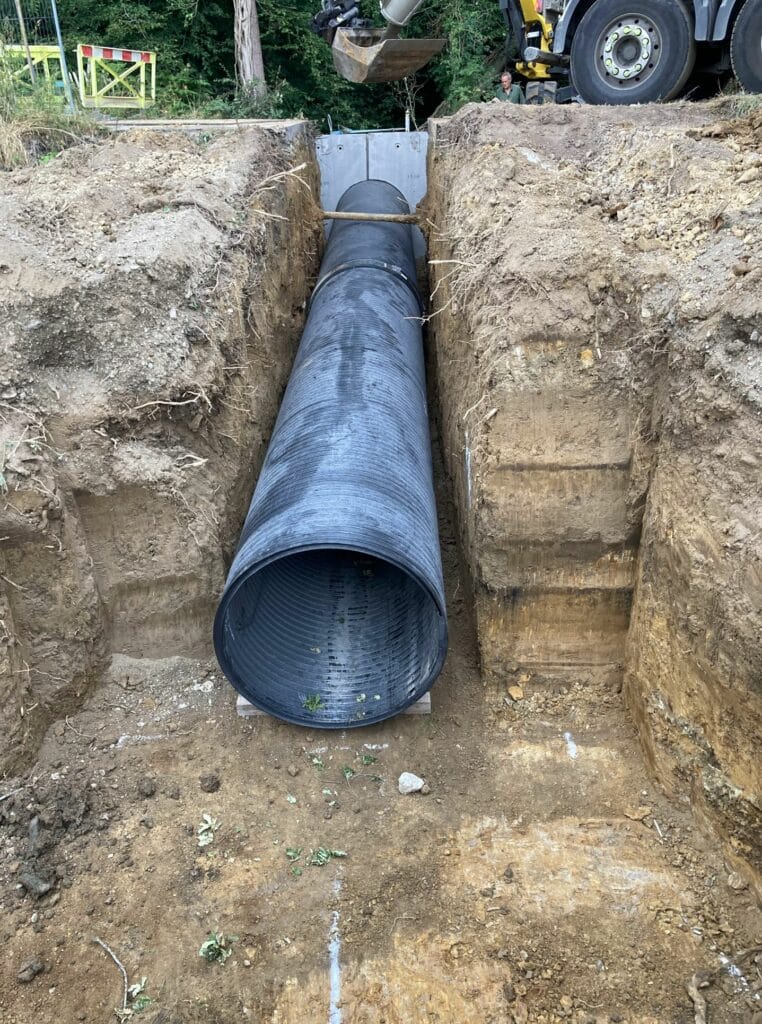
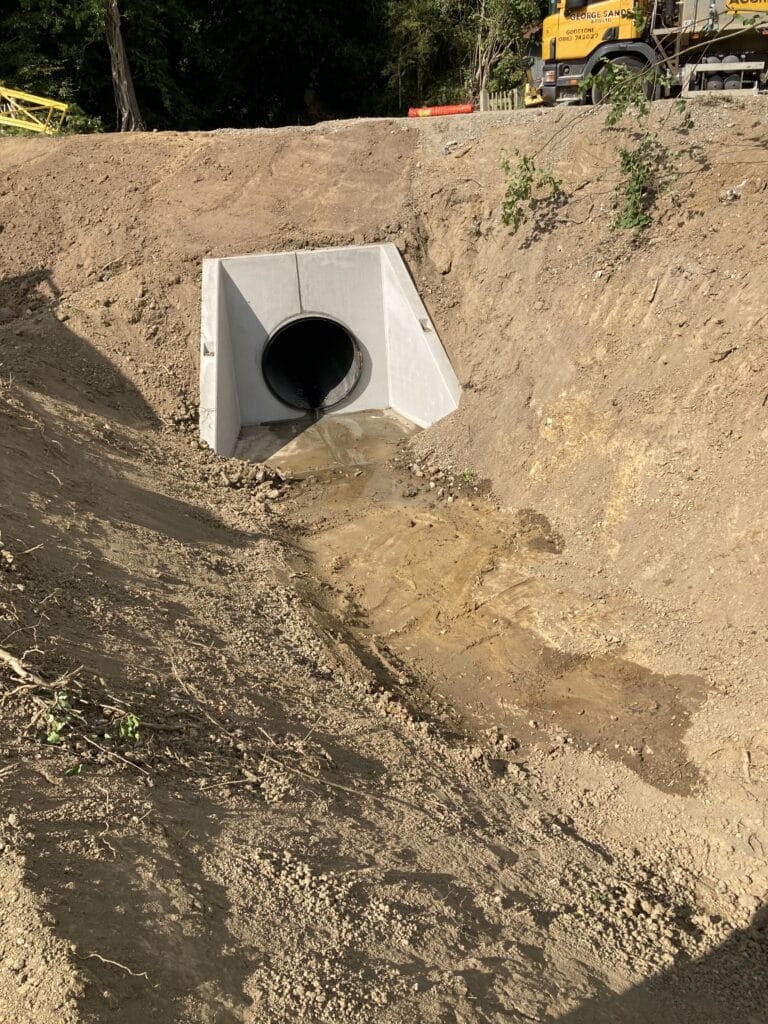
Engineering
- We lay appropriate materials, pipe sizes, and gradients to ensure efficient water flow.
- If necessary, we incorporate sustainable drainage solutions like permeable surfaces or rain gardens.
Site Preparation
- Before installation, we clear the site of any obstacles, debris, or vegetation.
- Excavation begins to create trenches for drainage pipes. We use machinery like excavators and backhoes.
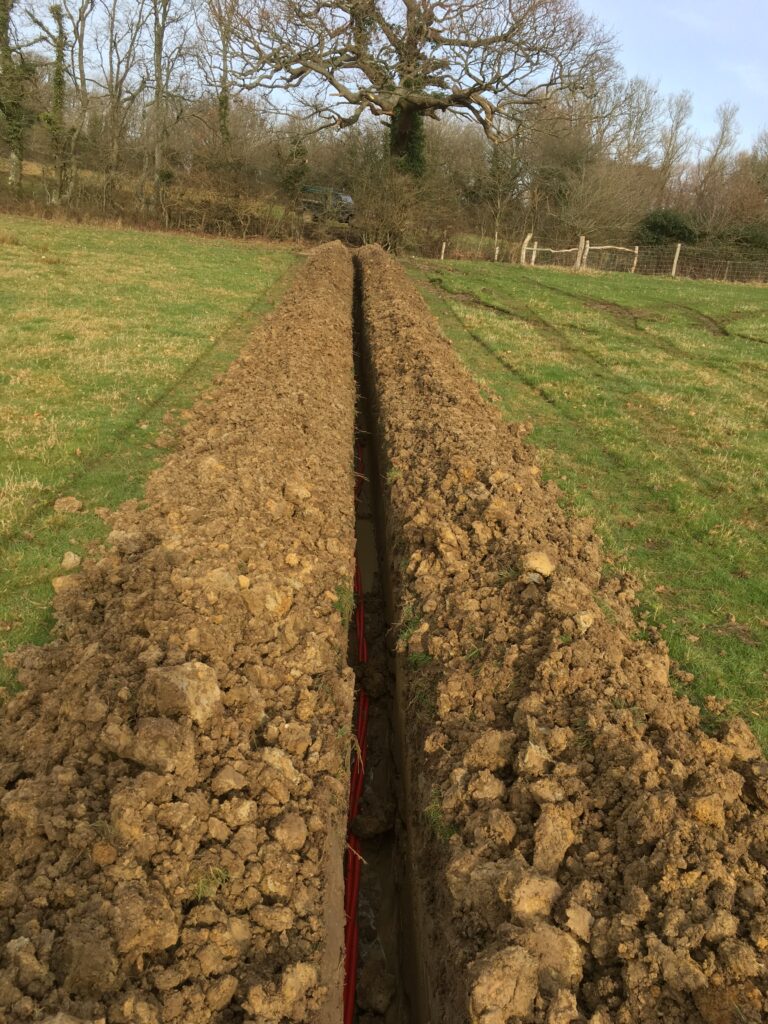
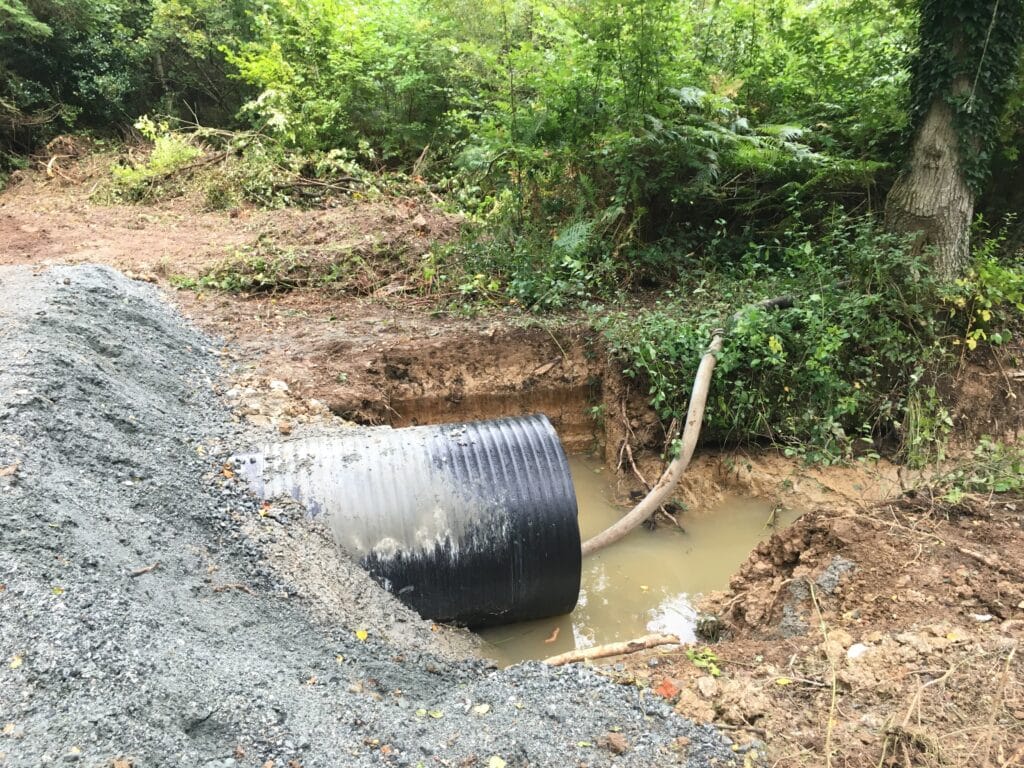
Pipe Installation
- We lay down the drainage pipes according to the design. These pipes can be made of materials like PVC, concrete, or HDPE.
- Proper alignment and slope are crucial to ensure water flows smoothly.
- We connect pipes using fittings, couplings, and seals.
Manholes and Inspection Chambers
- We install manholes and inspection chambers at strategic points along the drainage network.
- These access points allow maintenance, inspection, and cleaning of the system.
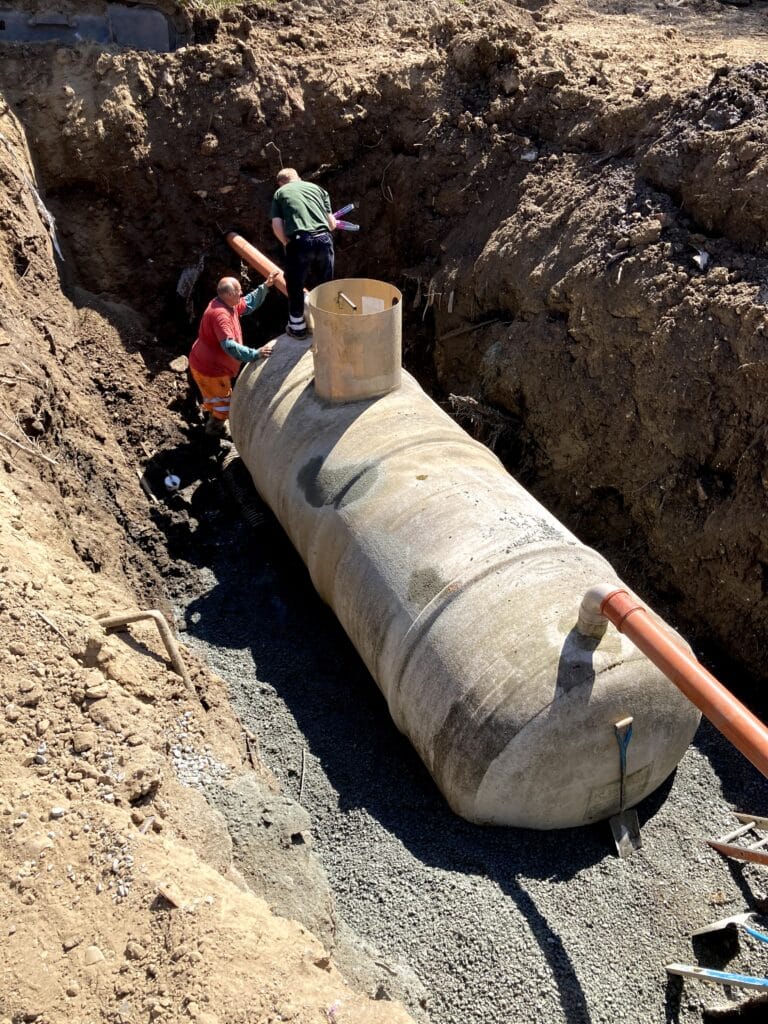
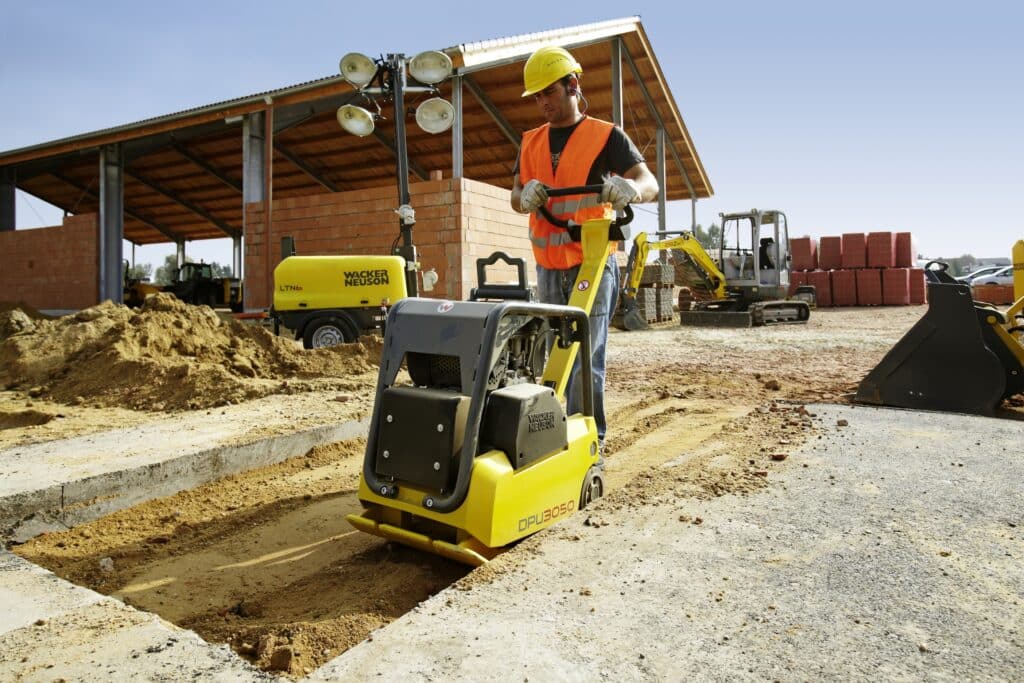
Backfilling and Compaction
- After pipe installation, we carefully backfill the trenches with suitable material (often crushed stone or sand).
- Compaction ensures stability and prevents settling.
Testing and Inspection
- We conduct pressure tests and flow tests to verify the integrity of the system.
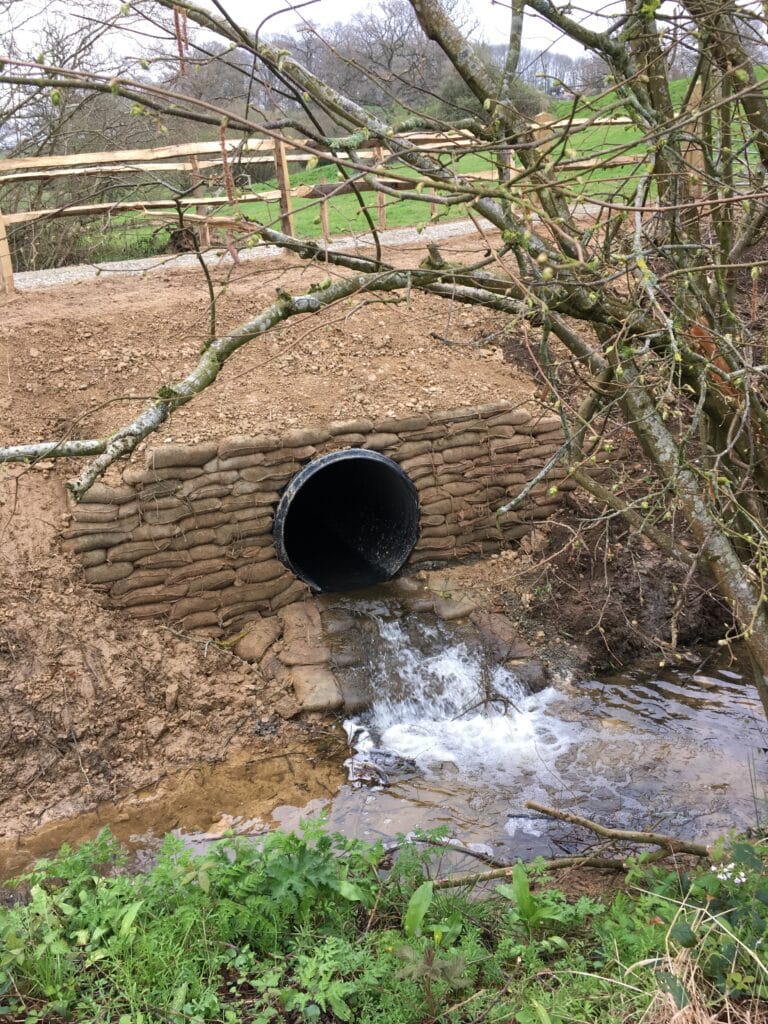
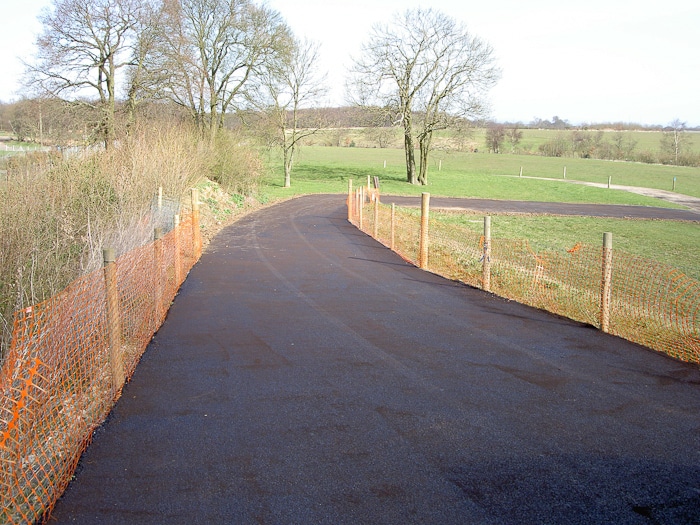
Surface Finishing
- We restore the surface (e.g., roads, pavements, landscaping) disrupted during excavation.
- Proper reinstatement ensures minimal impact on the surroundings.

